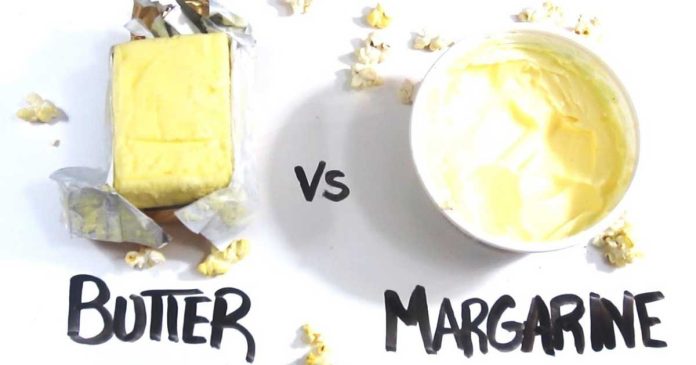For years, there has been a debate over whether margarine or butter is the healthier spread option. While many people think the two products are interchangeable, there are actually many substantial differences between them that will likely impact your next trip to the grocery store.

The main difference between margarine and butter is that butter is made from milk or cream, while margarine is made from salt, vegetable oil and emulsifiers (a food additive used to stabilize processed foods). For years, it has been claimed that margarine is composed of chemicals similar to those found in plastic and paint. But according to nutrition expert Dr. Penny Kris-Etherton, this is completely false information.

Although butter and margarine tend to have very similar nutritional information, butter is higher in saturated fat and cholesterol (due to its dairy content), while margarine is high in unsaturated fat. Margarine tends to have a higher sodium content than butter and is generally higher in calories.

So which of these two spreads should you choose? The answer depends on your dietary concerns. If you’re looking to consume fewer calories and sodium, butter is probably your best option. But if you’re looking to consume less saturated fat and cholesterol, margarine is probably the better option.










